Name the farmer, who after travelling to their local feed merchant, with their black meal bin in tow, arrives home and still has no idea how much, or what they have in the bin.
I’m hoping you can’t name that farmer.
Now name the farmer who is feeding silage, bales or pit, but has no idea of the quantity or quality of that silage. It’s much more likely that we can all name that farmer, some very close to home.
Measure and then plan how to fill the fodder deficit
Without testing our silage, we have no idea of the quality of that silage. Cutting the plastic off a bale or rolling back the pit cover is the same as the aforementioned farmer landing home, taking the lid off the bin and discovering the bin half-filled with water and some sort of meal mixed through.
Measurements such as dry matter, dry matter digestibility (DMD), pH, protein and energy are key components when measuring silage quality.
Many feed merchants and co-ops are providing free silage testing, or at most charging the equivalent of three bags of nuts to do so. Using a near-infrared (NIR) spectrometer, testing can be carried out on the spot and results printed in an instant.
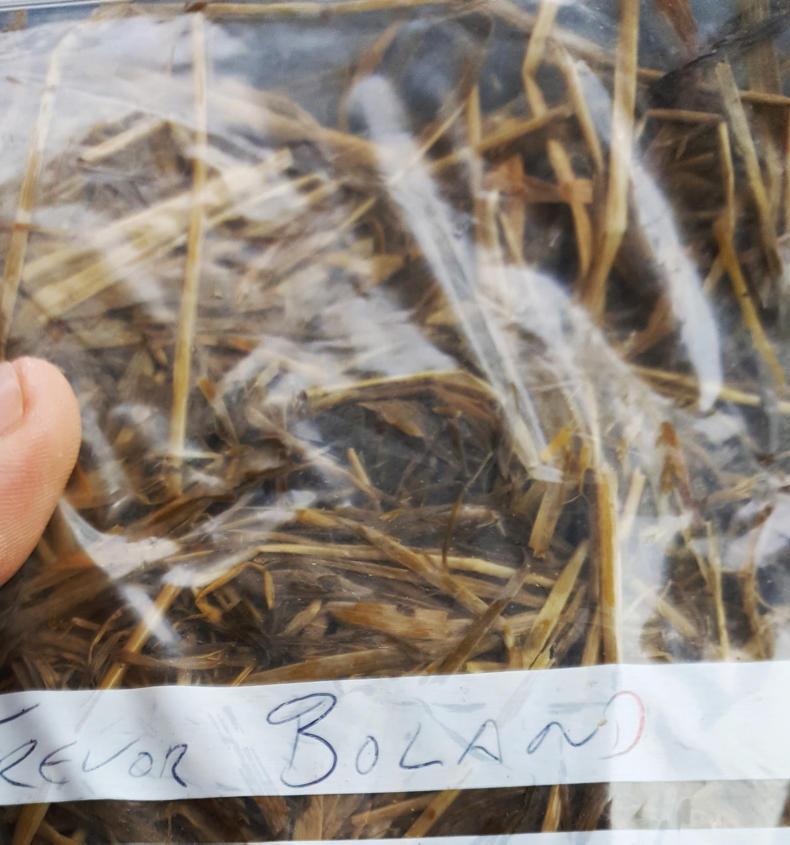
So rather than spending the entire winter drawing bags of nuts from your local supplier, take a silage sample to your feed merchant and you may discover that the expensive bags of nuts aren’t required at all.
On the other hand, and more likely, you may discover the quality is not what you want, expect or need.
I recently sent some silage samples for testing, using both laboratory testing and the NIR handheld machine. Results varied between three samples. Dry matter measured between 27% and 31%, and DMD from 71% to 79%. Crude protein measured between 12% and 19%.
The autumn-calvers
Feeding autumn-calving cows with calves sucking indoors requires a high-quality silage and, pleasingly, since I started testing silage four years ago, DMD has improved from a low starting point of 65%.
If testing does nothing else, it will concentrate the mind and push you towards trying to improve your silage quality every year. It costs the same to make a bad bale as a good bale, so every effort should be put into making quality silage.
At a recent IFA meeting regarding the fodder crisis, a Teagasc adviser stated that average silage bales are worth no more than €25 and poor-quality bales a lot less.
For farmers who are worried they could be short silage, now is the time to act. Measure and then plan how to fill the fodder deficit.
In the meantime, do not overpay for lucky bags of water mixed with some sort of silage.
Read more
More coverage on the fodder shortage
More from Trevor Boland
Name the farmer, who after travelling to their local feed merchant, with their black meal bin in tow, arrives home and still has no idea how much, or what they have in the bin.
I’m hoping you can’t name that farmer.
Now name the farmer who is feeding silage, bales or pit, but has no idea of the quantity or quality of that silage. It’s much more likely that we can all name that farmer, some very close to home.
Measure and then plan how to fill the fodder deficit
Without testing our silage, we have no idea of the quality of that silage. Cutting the plastic off a bale or rolling back the pit cover is the same as the aforementioned farmer landing home, taking the lid off the bin and discovering the bin half-filled with water and some sort of meal mixed through.
Measurements such as dry matter, dry matter digestibility (DMD), pH, protein and energy are key components when measuring silage quality.
Many feed merchants and co-ops are providing free silage testing, or at most charging the equivalent of three bags of nuts to do so. Using a near-infrared (NIR) spectrometer, testing can be carried out on the spot and results printed in an instant.

So rather than spending the entire winter drawing bags of nuts from your local supplier, take a silage sample to your feed merchant and you may discover that the expensive bags of nuts aren’t required at all.
On the other hand, and more likely, you may discover the quality is not what you want, expect or need.
I recently sent some silage samples for testing, using both laboratory testing and the NIR handheld machine. Results varied between three samples. Dry matter measured between 27% and 31%, and DMD from 71% to 79%. Crude protein measured between 12% and 19%.
The autumn-calvers
Feeding autumn-calving cows with calves sucking indoors requires a high-quality silage and, pleasingly, since I started testing silage four years ago, DMD has improved from a low starting point of 65%.
If testing does nothing else, it will concentrate the mind and push you towards trying to improve your silage quality every year. It costs the same to make a bad bale as a good bale, so every effort should be put into making quality silage.
At a recent IFA meeting regarding the fodder crisis, a Teagasc adviser stated that average silage bales are worth no more than €25 and poor-quality bales a lot less.
For farmers who are worried they could be short silage, now is the time to act. Measure and then plan how to fill the fodder deficit.
In the meantime, do not overpay for lucky bags of water mixed with some sort of silage.
Read more
More coverage on the fodder shortage
More from Trevor Boland





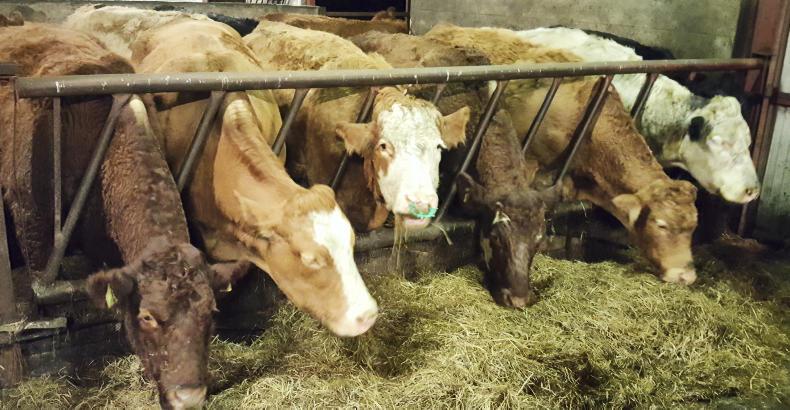
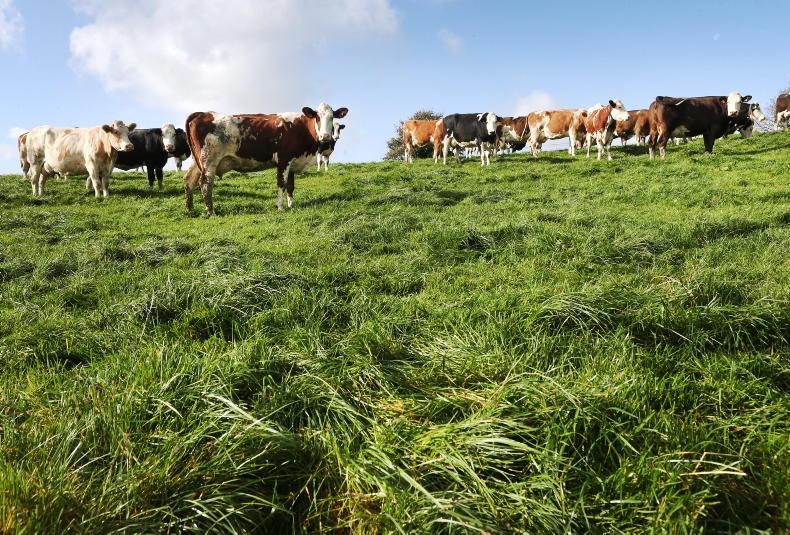

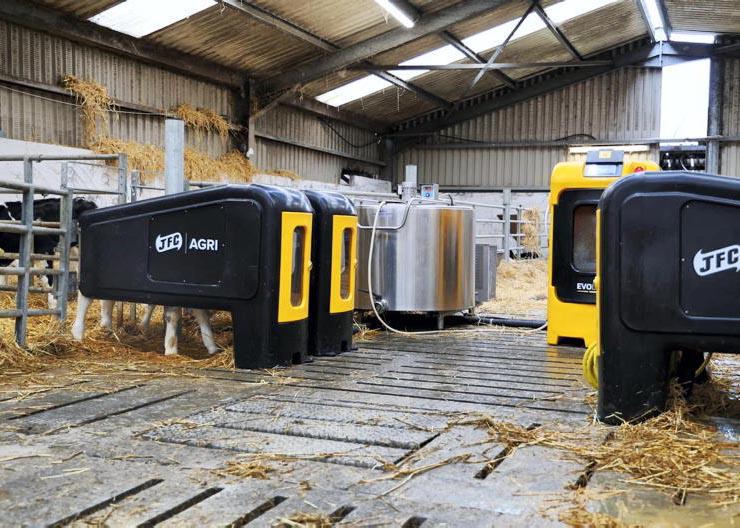
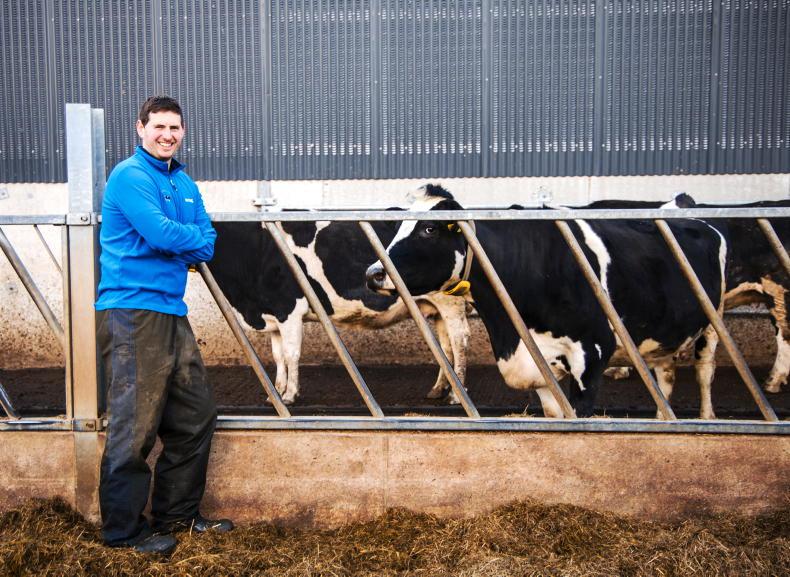
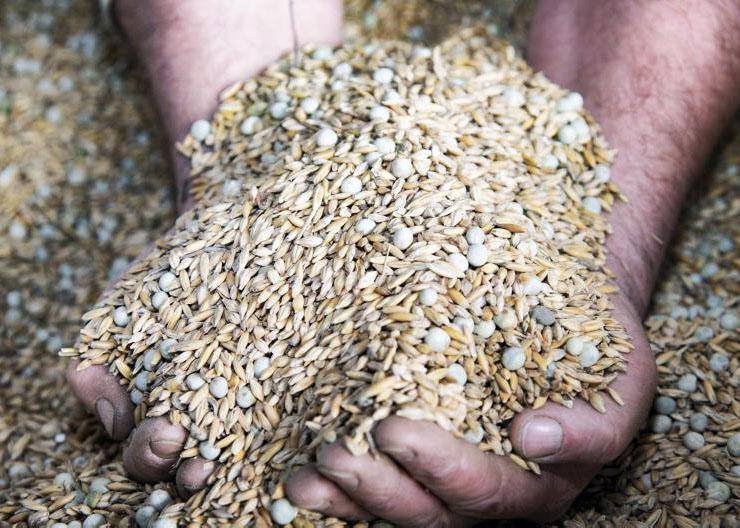
SHARING OPTIONS